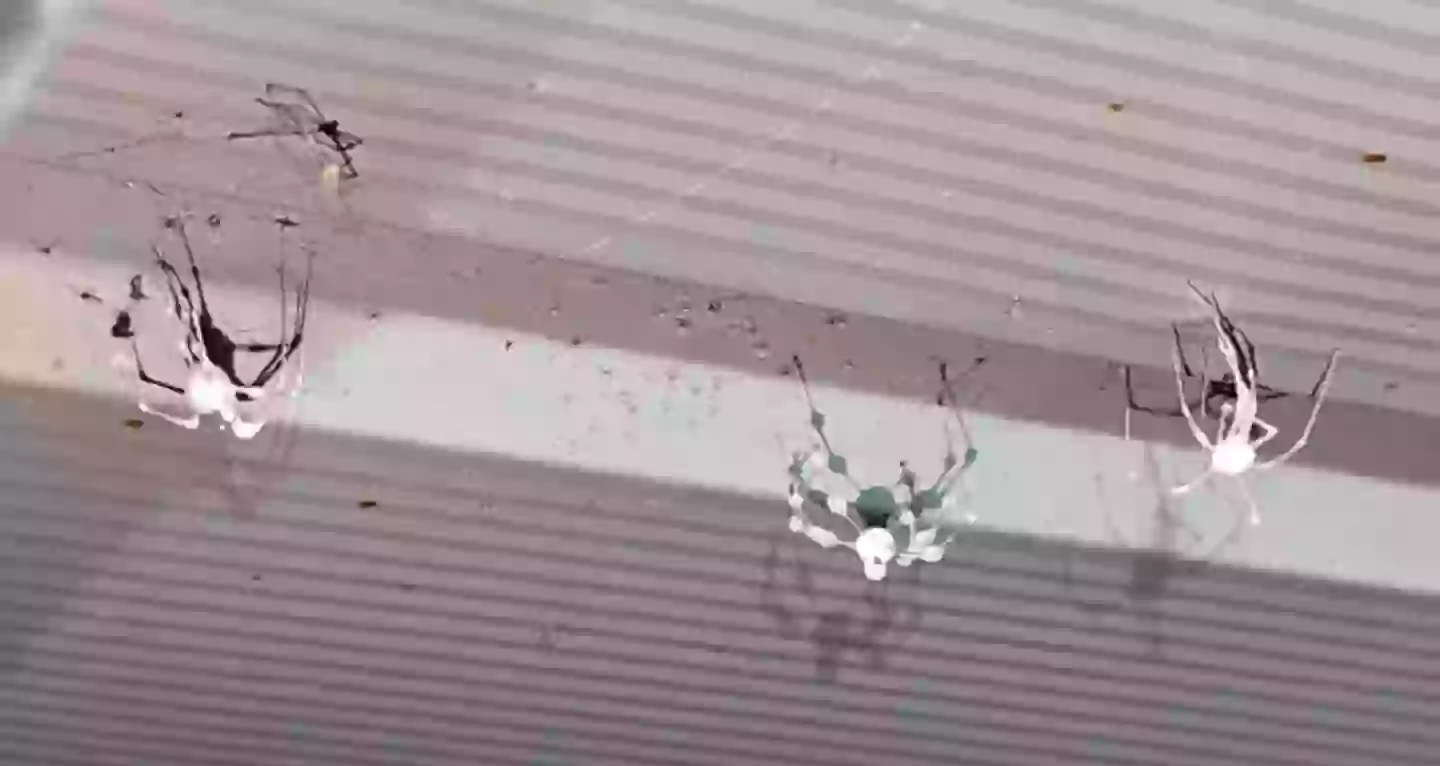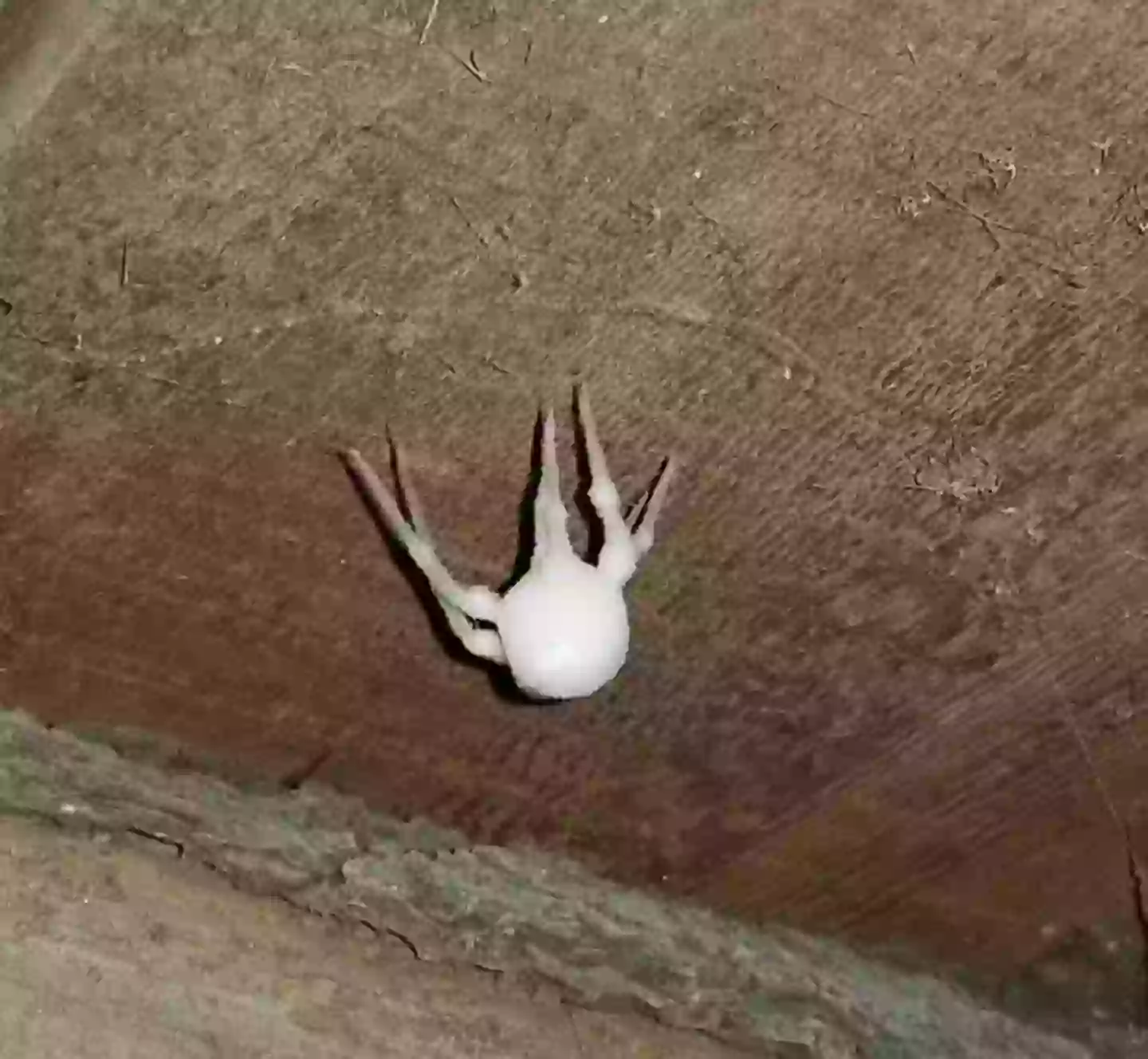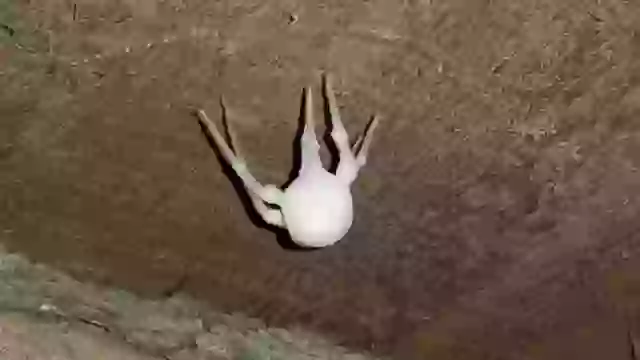A newly discovered fungus named Gibellula attenboroughii is causing a chilling phenomenon by turning spiders into so-called “zombies” and has now been found invading homes across the United States, despite previously never being seen there.
This fungus first made headlines earlier this year after infecting cave-dwelling orb-weaving spiders. Infected spiders exhibit strange behavior; much like fungi that take over ants, Gibellula attenboroughii manipulates spiders to crawl to open areas where wind spreads fungal spores more effectively.

The fungus releases a neurotoxin that kills the spider and an antimicrobial agent that preserves its body, allowing the fungus to take over and absorb its nutrients.
Researcher Harry Evans from the Center for Agriculture and Bioscience International, who studied these “zombie” spiders, explained that many fungi remain undiscovered, estimating millions of species yet to be described.
Evans highlighted the importance of studying fungi’s impact on spider populations and the unique chemicals they produce that allow such specific ecological control.
Scientists assure that this fungus poses no risk to humans, with mycologist João Araújo emphasizing that infecting people would require millions of years of genetic change.

Photographer Ben Mitchell described his first encounter with the fungus in Scotland, noting its strange cotton-candy-like appearance clinging under a leaf, with only the spider’s toes visible.
Interestingly, the fungus may hold medical promise. Lead researcher Evans noted the substances it produces could become a “medical treasure chest” for developing new antibiotics and treatments.


